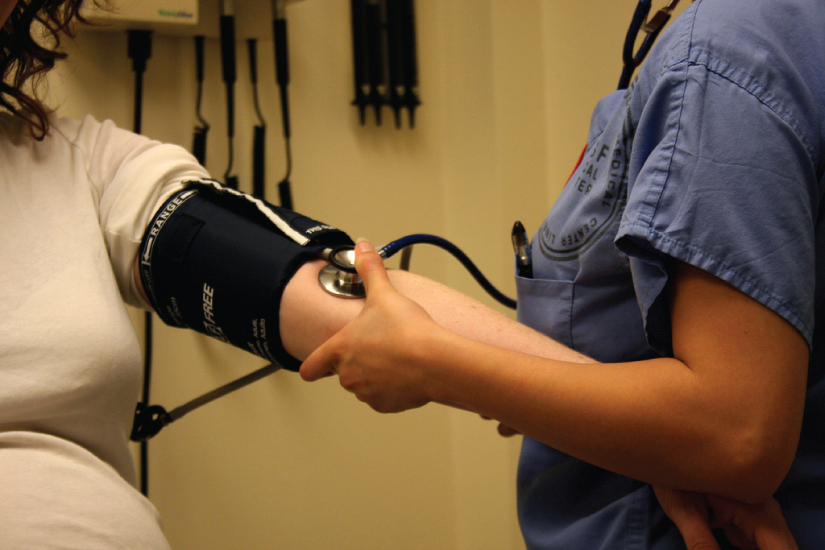
|

1.1 An introduction to the human body Read Online
1.2 The chemical level of organization Read Online

After studying this chapter, you will be able to:
Though you may approach a course in anatomy and physiology strictly as a requirement for your field of study, the knowledge you gain in this course will serve you well in many aspects of your life. An understanding of anatomy and physiology is not only fundamental to any career in the health professions, but it can also benefit your own health. Familiarity with the human body can help you make healthful choices and prompt you to take appropriate action when signs of illness arise. Your knowledge in this field will help you understand news about nutrition, medications, medical devices, and procedures and help you understand genetic or infectious diseases. At some point, everyone will have a problem with some aspect of his or her body and your knowledge can help you to be a better parent, spouse, partner, friend, colleague, or caregiver.
This chapter begins with an overview of anatomy and physiology and a preview of the body regions and functions. It then covers the characteristics of life and how the body works to maintain stable conditions. It introduces a set of standard terms for body structures and for planes and positions in the body that will serve as a foundation for more comprehensive information covered later in the text. It ends with examples of medical imaging used to see inside the living body.
Question: First-pass metabolism refers to metabolism by....
Choices:
the liver and gut
the liver only
the stomach, liver and gut
the gut only
the stomach only
Question: The Therapeutic Window/Index....
Choices:
Is the manimum non-toxic dose / maximum effective dose
Refers to an individual patient
Is the maximum non-toxic dose / minimum effective dose
Refers to a general population
Question: What is the % of bioavailability of administering through an IV?
Choices:
80
100
50
40
90
Question: Which of the following is NOT an endocrine gland of the brain?
Choices:
Hypothalamus
Pineal Gland
Thymus Gland
Pituitary Gland
They all are
Question: The rate of absorption of a drug orally taken is NOT dependent on which of the following?
Choices:
Gastric emptying
(Splanchnic) Blood flow
Gut motility
The colour of the drug
Question: Which of the following is not an endocrine gland?
Choices:
Brain
Pituitary
Thyroid
Ovary
They all are
Question: When thinking of drug administration the acronym ADME refers to...
Choices:
Absorption Dosage Metabolism Elimination
Absorption Dosage Metabolites Eradication
Administration Dosage Metabolism Excretion
Absorption Distribution Metabolism Elimination
Question: What is not a potential problem of the orally administered drug aspirin (an NSAIDs)?
Choices:
Nausea
Diarrhoea
Vomitting
The absorption is reduced by milk, antacids and iron preparations
Question: Hormones are derived from...
Choices:
Amino Acids
Cholesterol
Lipid precursors
Sugars
Question: An unionised drug means there is better absorption?
Choices:
True
False
Question: Through which area of the body is there the most drug absorption?
Choices:
The Lungs
GI tract
Oesophogus
Stomach